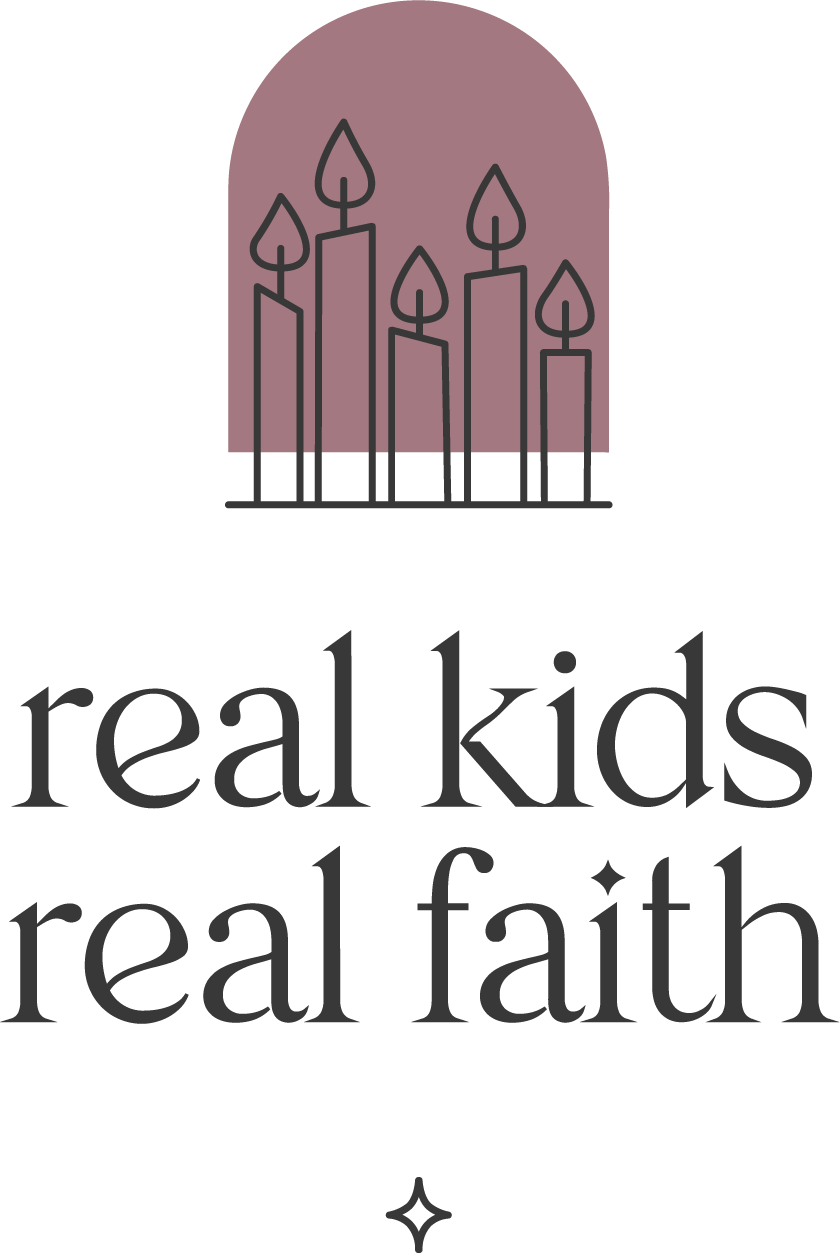We are a music-loving family. All three children eagerly participated in recorder lessons in elementary school and one wrote her own recorder music. The younger two have spent many years singing in choirs. We share playlists and send each other links to new releases online. We even belt out songs at the top of our lungs while traveling in the car.
Studies show that music has the power to shape our emotions and behavior. They also confirm what many of us know experientially: that music can affect our relationships in positive ways. It encourages us to make connections with one another, see others’ perspectives, and collaborate on projects.
Researchers have found that sharing a rhythmic beat actually draws people closer together. Bounce in sync with a toddler and they feel more connected than if you are each bopping independently to your own inner beats. Engage children in a series of synchronous claps, stomps, or table taps and their sense of community increases. Group singing – with or without dancing – also builds community.
Listening to or making music helps children appreciate diversity as well. Experts believe this is because music feels more open to interpretation than words alone, so kids (and adults) expect others to hear and feel different things. Children also discover that different notes and rhythms can work together to create an amazing sound, which primes them to see unity in diversity in other areas of life, too.
Those who study jazz say that improvisational music experiences teach kids shared leadership skills. They learn what kinds of sounds flow together and which create unpleasant dissonance. They can experiment with communal storytelling by taking turns continuing a musical theme. They might try out call and response forms of music that rely on multiple voices to complete a piece. The beauty of improv music is that no one in a family has to be a great musician for everyone to play with sounds.
Psychologists have even noticed that music increases children’s generosity and willingness to cooperate. After singing or playing instruments together, they respond more positively to requests for help and are more likely to share toys and snacks. They are better at problem-solving together because they pay more attention to each other’s contributions. They seem more bonded as a community. This suggests that music might be a helpful accompaniment to family chores or one way to prepare for tough family conversations.
Of course, marketers are also aware of the relationship between music and children’s attention and behavior. Catchy jingles, moving beats, and memorable harmonics can all work to create attachment to products rather than people. Kids may not realize that their emotions are being manipulated. Parents and caregivers can help children resist these less positive forms of music’s power by sharing information about how music influences people for both good and ill.

Comments